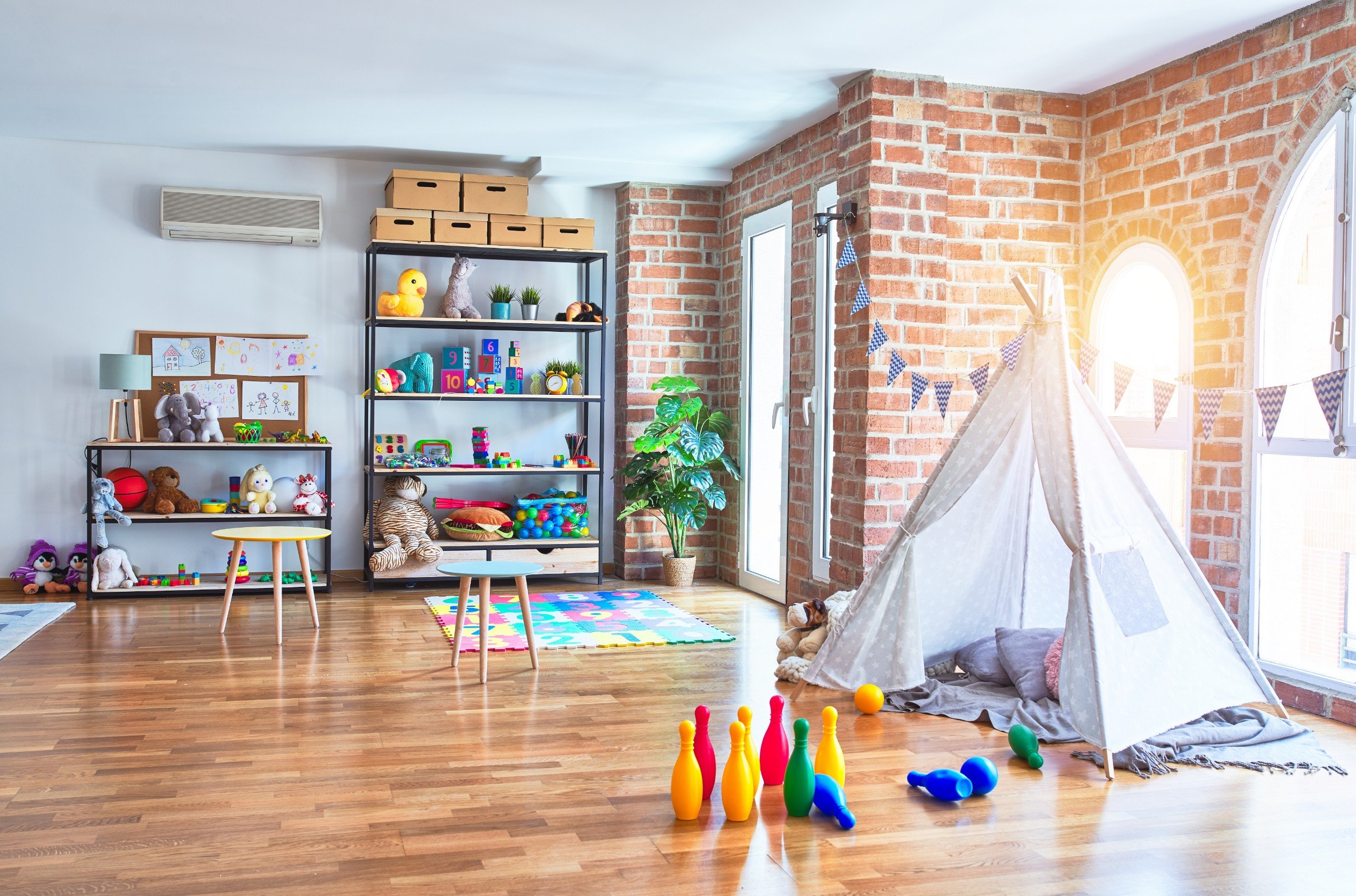
Do you ever find yourself thinking back to kindergarten and wishing your daily world could be a little more like a day in that fascinating elementary classroom? My youngest daughter just finished her kindergarten year. And, after seeing all the fun things she experienced and learned this year, I have absolutely thought about how much fun learning is at that stage of childhood. Who wouldn’t want to spend their days in a bright, colorful classroom having fun with friends while learning? Sign me up.
So, being that my role is “Learning Experience Designer,” I started thinking even more about this topic. What can we learn from kindergarten classrooms about designing better learning experiences? The answer is that there is a whole lot we can discover from the way we approach learning in early elementary school. Let’s take a few minutes to reminisce on some school-age nostalgia and talk about three concepts from the kindergarten classroom that are worth applying to the way we design learning experiences.
Whether it’s been years since you visited a kindergarten classroom — or like myself you’ve gotten a recent peek inside one — I can tell you that, aside from technology, not much has changed about the picture you likely have in your mind. One of the things that jumps out immediately is the division of the room into “stations” or “centers” that offer students a variety of ways to explore and learn outside of the formal learning any school curriculum requires.
The 70-20-10 model emphasizes the importance and impact of learning opportunities that allow learners to experience and apply what they’re learning rather than just being taught or trained. Most training programs require some sort of formal learning event; but just like kindergarten teachers put much thought and effort into crafting the right kind of centers for their students, when we design learning experiences, it’s important to keep in mind how we can help our learners get that valuable hands-on involvement.
Why not take it back to these kindergarten basics with your Instructor-Led Training? Learning centers or stations are a great way to shake up the conventional lecture-based approach. Letting learners explore and dive right into the mix with specific topics and content is guaranteed to get them more invested.
Although the core of any kindergarten curriculum focuses on the instruction of reading, writing and math, there’s also ample time for play, games and socializing. Offering structured play times in the classroom provides opportunity for students to work in cooperative groups as they share materials, create structures, play games, etc. As children play, interact with and learn from each other, they are formulating social skills and reinforcing the learning in a compelling way.
The social, collaborative part of learning should not be something limited to a school environment. We must continue to foster and utilize the concept within our workplaces in order to build company culture, strengthen social bonds, and empower learners to take ownership of their own learning journey.
Learning Experience Platforms (LXP) — like Intrepid, EdApp, NovoEd, etc. — offer the best strategies for this kind of learning in the digital space. Discussions and interactions in a cohort-based learning experience give learners the opportunity to connect, collaborate, and learn from each other in a meaningful way.
Bonus: This type of learning can lead to better retention and quicker knowledge transfer because it opens up the lines of communication for all levels of learners.
One of my favorite parts about watching my daughter go through her kindergarten year was seeing her journey and the progress she made along the way. Just like any parent, I was nervous about what the expectation might be and if it was too much all at once. But if there is one thing the kindergarten curriculum does well it is understanding the learning journey and trajectory a child must go through for the experience to be impactful and for the learning to stick.
We have to stop thinking of learning as a one-off event and start designing learning as experiences that create long-term impact. When we approach learning as a journey and take time to consider what happens before, during, and after training, we can better support learners with the tools that will set them up for success.
We often try to make learning way more complicated than it is. Taking a cue from the simplicity and purity of the way we instruct our kids when they first start school is something we should consider as we design learning experiences for learners of all ages.
Want to learn more about how Ardent can help you design learning experiences as fun and powerful as the kindergarten learning experience?
These Stories on Learning Strategy
One of the most impactful emotional intelligence (EI) activities ...
I’m willing to bet that most of you ...
As the word echoed in the boardroom, all eyes turned to Klara, the new VP of ...
Copyright © 2025 Ardent Learning Inc. All Rights Reserved.